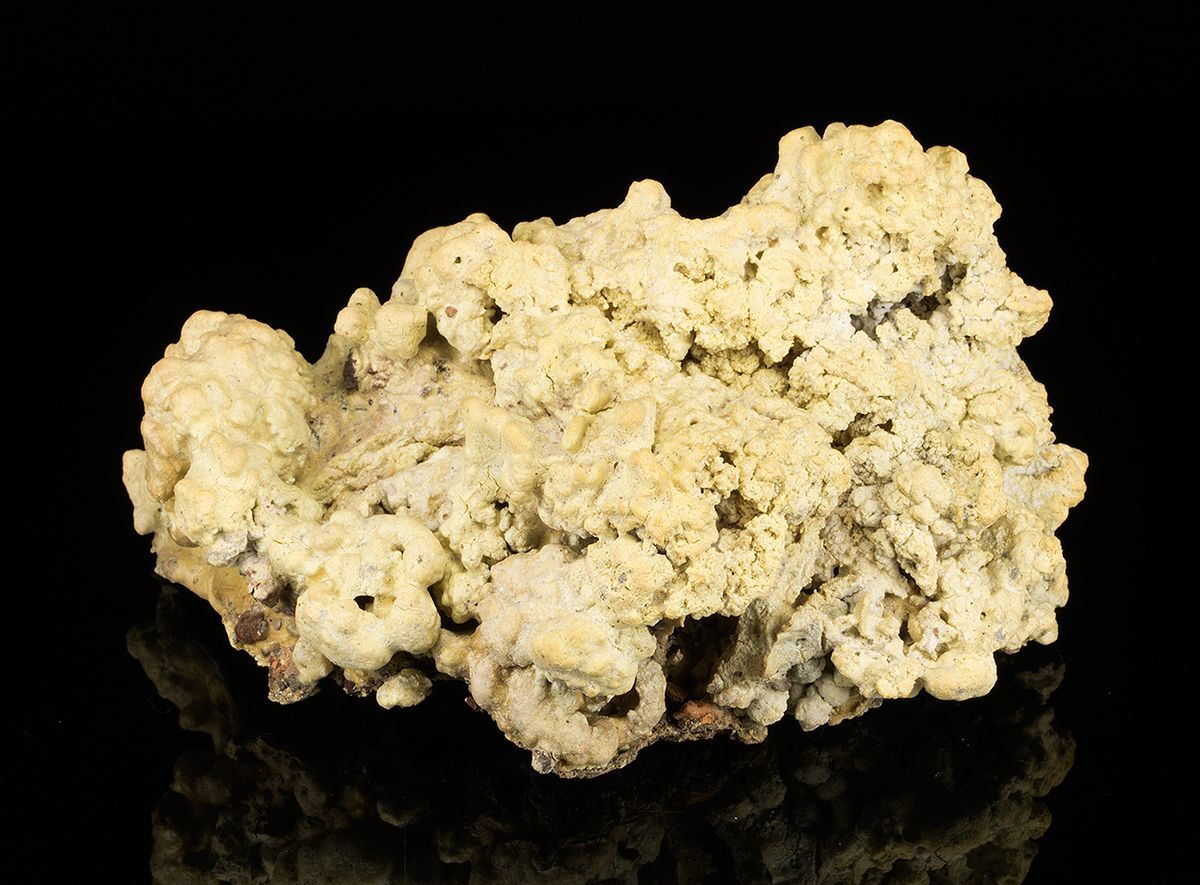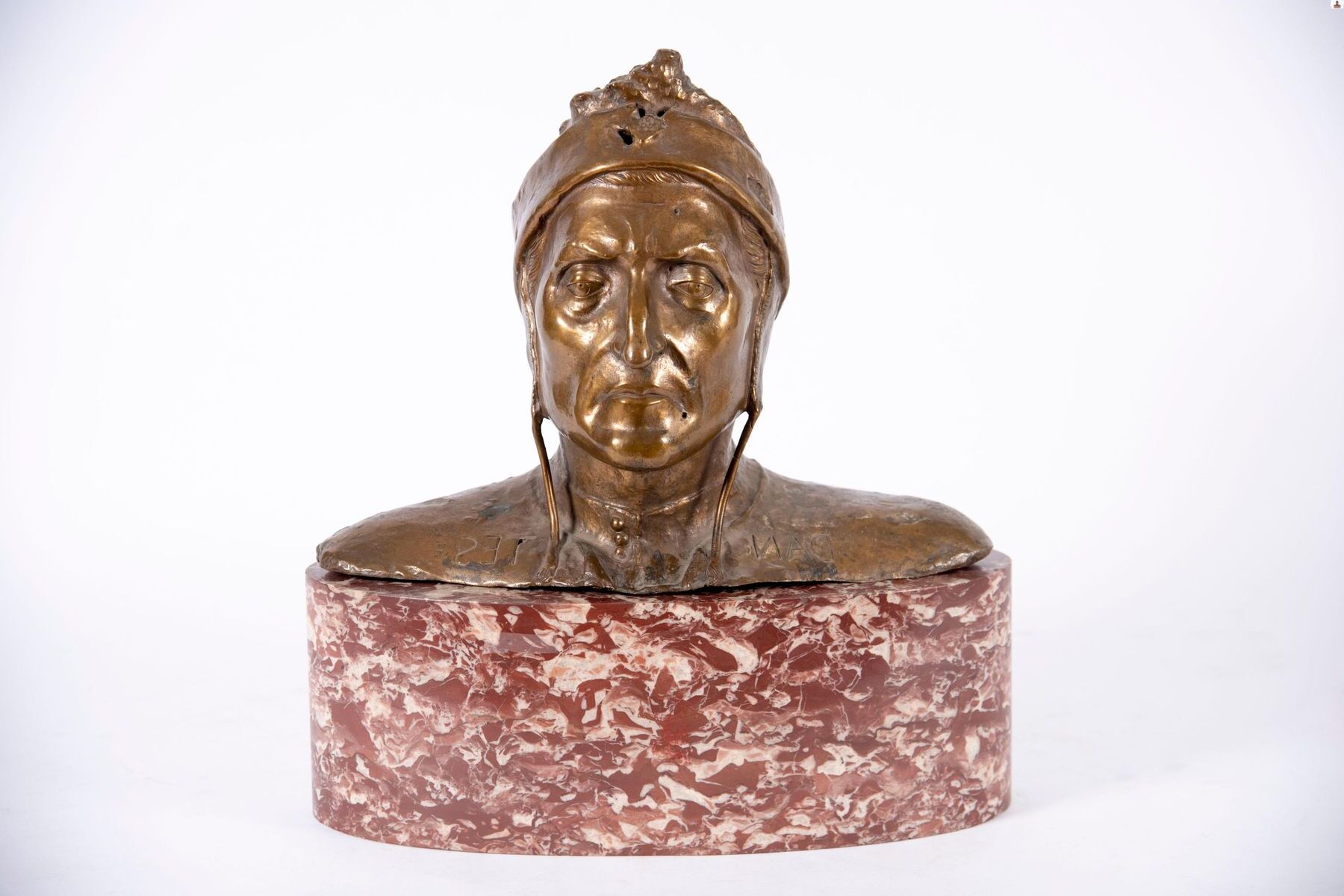
What is Copiapite? This intriguing mineral, named after the Copiapó region in Chile, is a sulfate mineral with a striking yellow to greenish-yellow color. Copiapite forms in arid, oxidizing environments, often found in the oxidized zones of sulfide ore deposits. Its unique composition includes iron, sulfur, and water, making it a fascinating subject for geologists and mineral enthusiasts alike. But why should you care about Copiapite? Understanding this mineral can provide insights into the geological processes that shape our planet. Plus, its vibrant color and crystal structure make it a collector's gem. Ready to learn more? Let's dive into 30 captivating facts about Copiapite!
Key Takeaways:
- Copiapite is a unique mineral found in arid environments, often forming in the presence of pyrite. Its solubility in water makes it a fascinating subject for scientific research and environmental studies.
- With its yellow to yellow-brown color and ability to fluoresce under ultraviolet light, Copiapite is a prized mineral for collectors. Its presence can also indicate past acidic, oxidizing conditions in geological settings.
What is Copiapite?
Copiapite is a fascinating mineral with a rich history and unique properties. Named after the Copiapó region in Chile, where it was first discovered, this mineral has intrigued scientists and collectors alike.
- Copiapite is a sulfate mineral composed of iron, sulfur, and oxygen.
- It was first identified in 1833 by the German mineralogist Johann Friedrich August Breithaupt.
- The mineral is named after the Copiapó region in Chile, where it was initially found.
- Copiapite typically forms in arid, oxidizing environments, often in the presence of pyrite or other sulfide minerals.
- It is usually yellow to yellow-brown in color, though it can sometimes appear greenish.
Physical Properties of Copiapite
Understanding the physical properties of Copiapite can help in identifying and studying this mineral.
- Copiapite has a hardness of 2.5 on the Mohs scale, making it relatively soft.
- It has a vitreous to silky luster, giving it a somewhat shiny appearance.
- The mineral has a specific gravity of about 2.1 to 2.2, which is considered light.
- Copiapite crystals are typically tabular or platy, often forming in aggregates.
- It is soluble in water, which can lead to its dissolution in humid environments.
Chemical Composition and Structure
The chemical makeup of Copiapite is complex and fascinating, contributing to its unique characteristics.
- The chemical formula for Copiapite is Fe^2+Fe^3+_4(SO_4)_6(OH)_2·20H_2O.
- It contains both ferrous (Fe^2+) and ferric (Fe^3+) iron, which is relatively rare in minerals.
- The structure of Copiapite includes layers of sulfate tetrahedra and iron octahedra.
- Water molecules are an integral part of its structure, contributing to its solubility.
- The mineral can dehydrate, leading to changes in its physical properties and appearance.
Occurrence and Formation
Copiapite is found in various locations around the world, often in specific geological settings.
- Besides Chile, Copiapite has been found in countries like the USA, Italy, and Germany.
- It commonly forms in the oxidation zones of sulfide ore deposits.
- The mineral can also be found in coal mines, where it forms from the oxidation of pyrite.
- Copiapite is often associated with other sulfate minerals such as melanterite and halotrichite.
- It can form as a secondary mineral in volcanic fumaroles.
Uses and Applications
While not widely used in industry, Copiapite has some interesting applications and uses.
- Copiapite is primarily of interest to mineral collectors due to its unique properties and appearance.
- It can be used in scientific research to study sulfate mineral formation and stability.
- The mineral's solubility makes it a subject of interest in environmental studies, particularly in acid mine drainage.
- Copiapite can serve as an indicator of the geochemical conditions in its formation environment.
- It has potential applications in the synthesis of other iron sulfate compounds.
Fun and Lesser-Known Facts
Here are some intriguing and lesser-known facts about Copiapite that might surprise you.
- Copiapite can fluoresce under ultraviolet light, displaying a bright yellow-green color.
- The mineral can form beautiful, intricate crystal clusters that are highly prized by collectors.
- In humid conditions, Copiapite can slowly dissolve, leaving behind a yellowish residue.
- The presence of Copiapite in a geological setting can indicate the past presence of acidic, oxidizing conditions.
- Despite its solubility, well-preserved specimens of Copiapite can be found in arid regions where humidity is low.
Final Thoughts on Copiapite
Copiapite, a fascinating mineral, offers a glimpse into the Earth's geological processes. Found in arid regions, it forms through the oxidation of iron sulfides. Its striking yellow color and unique crystal structure make it a subject of interest for geologists and collectors alike. Beyond its beauty, copiapite serves as a natural indicator of environmental conditions, helping scientists understand past climates and predict future changes. Whether you're a mineral enthusiast or just curious about the natural world, copiapite's story is a reminder of the intricate and interconnected systems that shape our planet. So next time you come across this vibrant mineral, you'll know a bit more about its significance and the secrets it holds. Keep exploring, and who knows what other fascinating facts you'll uncover about the world around us!
Frequently Asked Questions
Was this page helpful?
Our commitment to delivering trustworthy and engaging content is at the heart of what we do. Each fact on our site is contributed by real users like you, bringing a wealth of diverse insights and information. To ensure the highest standards of accuracy and reliability, our dedicated editors meticulously review each submission. This process guarantees that the facts we share are not only fascinating but also credible. Trust in our commitment to quality and authenticity as you explore and learn with us.


